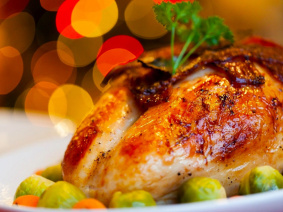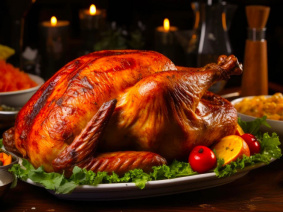This year, Mardi Gras falls on February 13, 2024. This date marks the end of Carnival, the"week of seven fat days", before Lent, which begins on the following Wednesday, known as Ash Wednesday. Also, before fasting for 40 days, it was customary in Christian countries to "go greasy", i.e. to indulge in rich foods that would be banned from the following day until Easter.
This day of festivities, attended by a large number of people, made it possible touse up reserves of oil, butter, eggs and milk in inexpensive , quick-to-prepare pastry preparations that could easily be enjoyed by Mardi Gras participants. Thus was born the tradition of eating waffles and pancakes, but above all the unavoidable beignets.
Diminutive of the word "beigne", the word "beignet" dates back to the 13th century. Back then, it already referred to a "ball of dough fried in butter". You may not know it, but the beignet varies according to the region of France in which it's prepared. From Provence to Brittany, via Lorraine and Gascony, each region has its own idea of the beignet, with a recipe that varies slightly each time - but the dough is often based on flour-milk-egg-butter - and a name that's all its own!
Whether they're round, triangular or diamond-shaped; plain, sweet or filled with jam or chocolate; crunchy or, on the contrary, ultra-moist; and prepared with choux pastry, leavened dough or brioche dough, beignets are a real hit!
Here's an overview of the different types of doughnuts in France!
And if you want to make them yourself at home, take a look at the best recipes from chefs!
So, what do we call beignets in your region?















